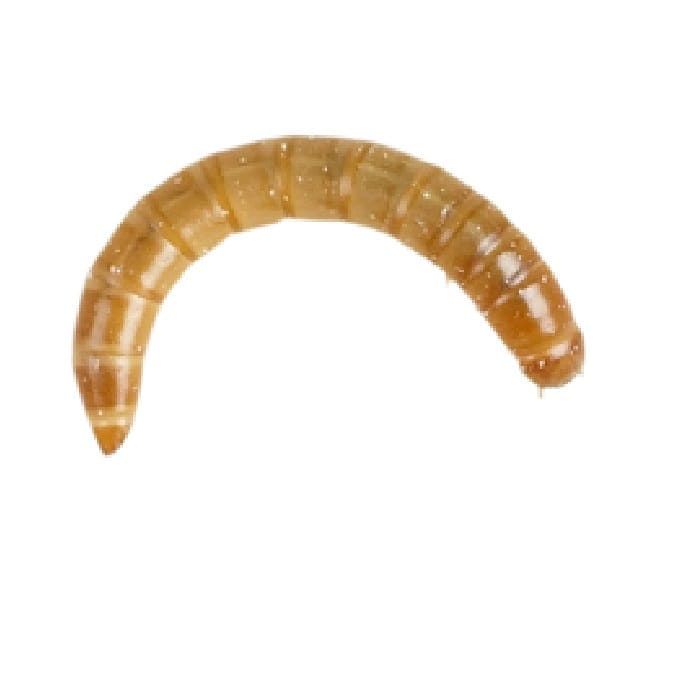

The 2”x1” boards are a little less than an inch thick, more like 7/8”.We therefore made the rails 12 ½” long and the distance in between the inside of the two rails 16 ¾”. The dimensions of the top of the walls, right under the lip are 16 5/8” long and 12 ¼” wide.This lip will sit on top of the rails with the basket part sliding in between. The dimensions of the top lip are 18 ¼” long and 14” wide, and the walls then taper.There are 17 baskets, which makes a total height of 59 ½” (and we added an extra ½” to round it up to 5 ft. You want at least ¼” between each basket, so the distance from the top of one rail to the top of the one below is 3 ½”. To help you do that, here is how we decided on our dimensions: Use whatever you can find locally, preferably about the same height as ours, and then adjust the dimensions accordingly.

We found some at the Dollar Store that are perfect, and cost a dollar each. The dimensions of the Mealworm Farm are dependent on the storage baskets you use. We will also talk about the care and feed requirements of your bugs, and how to integrate them into possible Food Webs. It costs very little to make ($30), can be completed in a couple of days, uses about 1.5 square feet of space, and will produce about 1-1 ½ pound of mealworms a week. Within this article, we will show you how to build a multi-tiered mealworm farm. This could quite possibly be the food of an uncertain future. You might decide to raise them for your animals, but if push comes to shove, you may be glad to have them for yourself. They are very tasty, with a slightly nutty flavor and a pleasant texture. Mealworms are even a great food for people. The chicks and ducklings are especially crazy about them, and using them as a feed source not only ensures a very healthy growth rate, but also makes them unbelievably tame.

We give our mealworms to all of our omnivores, including our dogs, and they all love them.

Protein is one of the most expensive supplements to buy, and yet it is an essential component of any omnivore’s diet, whether they are pig, poultry, canine, human, or other. You can also follow our projects through the blog or our books. If you're interested in seeing more of our how-to guides, please visit. When food is scarce, you’ll want livestock that are efficient, take up small spaces, and can easily be hidden.įor more information, view How To: Mealworm Farm If you are looking for a way to raise your own protein cheaply, easily, and with almost no space or infrastructure, look no further than mealworms.


 0 kommentar(er)
0 kommentar(er)
